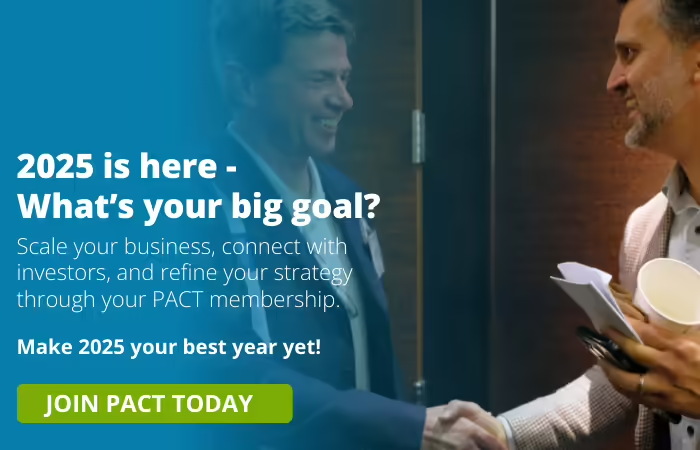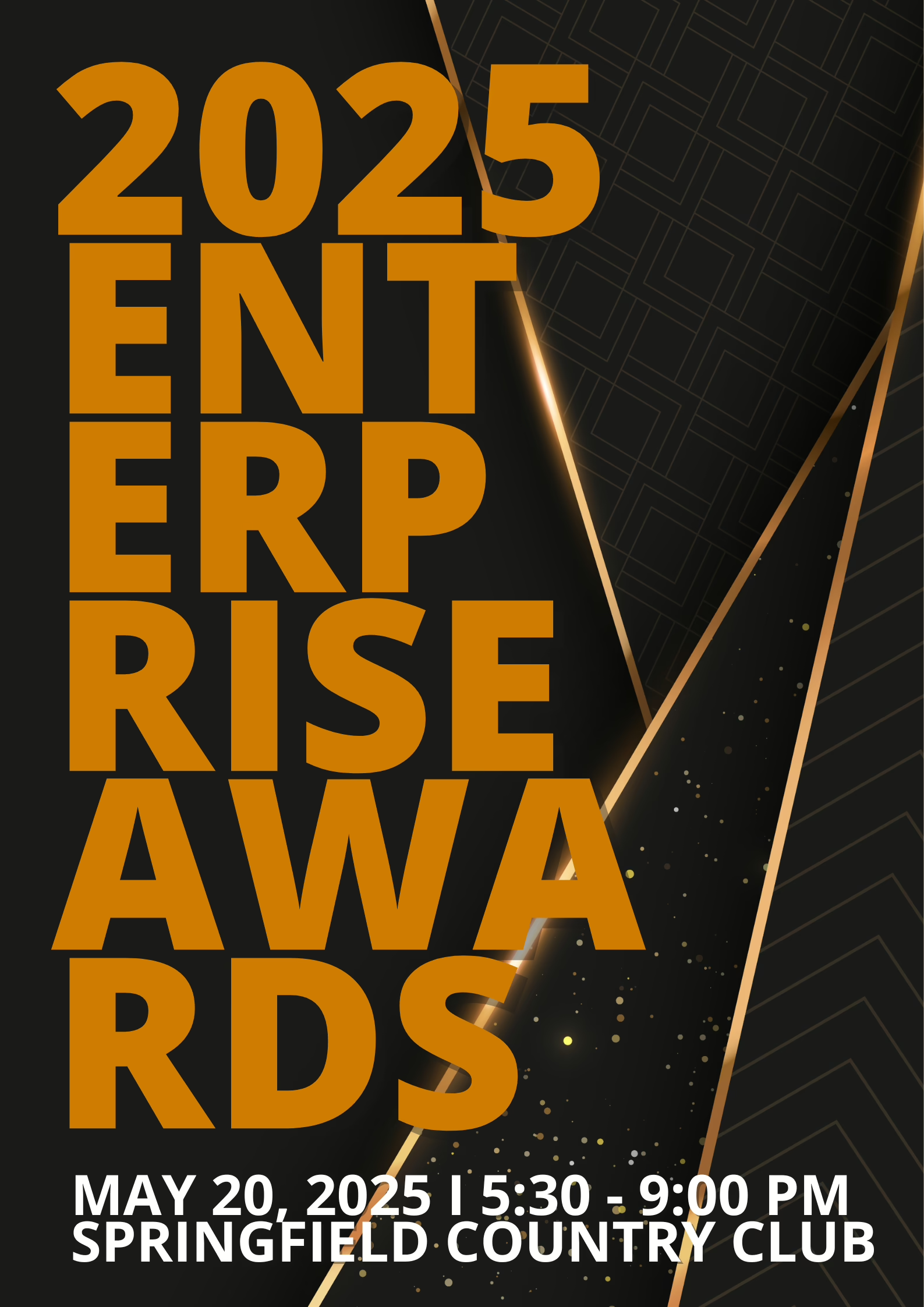10 people-first digital transformation best practices

By: Luis J. Murgas, Principal at Wipfli LLP
Companies are increasingly vulnerable to disruption from competitors that have made the leap across the digital divide. The customer experience is a significant reason why.
Companies that embrace end-to-end digital transformation best practices are better able to create a differentiated experience that attracts and retains customers by offering greater convenience, visibility, and value.
The motivation behind this is relatively straightforward. As business to business customers increasingly adopt retail consumer behaviors, their patience with waiting for answers, action, products, and results is shrinking. In response, companies need to create an experience that resonates by combining Industry 4.0 technologies with people-first strategies and business processes. Companies that do this well create an advantage that is more resilient to disruption, including price- and schedule-based competitive pressures.
10 digital transformation best practices
So, what does it take to build a customer base that is less likely to drift to your competitors? Start with the following checklist, which offers 10 best practices for putting people first in your digital transformation.
- Prioritize investments that improve the customer experience (CX). End-to-end digital transformation efforts can be easily waylaid by competing agendas, conflicting priorities, and piecemeal applications that slow or impede work and information flow. Instead of investing in the latest tech for the sake of innovation, first ask if it will make it easier to do business with you or for you. If the answer is no, then the business case for that investment may need to be revisited.
- Employ design thinking. Most established companies need to engage in some level of operational redesign. Using the design thinking approach will help ensure new processes, technology and even business models support what customers actually want, rather than what the leadership team thinks they need.
- Know your customer. Use data to thoroughly understand who your customers are, what they want, and how they want to be engaged with. This data should be collected from across the enterprise — not just at the point of sale — to create a comprehensive picture of customer patterns and preferences as well as the pain points that cause customers to leave.
- Map the customer journey. Put yourself in your customers’ shoes and walk the entire process, from product research to aftermarket servicing. At every touchpoint, determine what outcome customers are seeking and what actions are needed to achieve that outcome. Customer mapping will enable you to identify sources of friction and more strategically invest in tools, training and business process improvements that improve the customer experience.
- Make it easy to do business with you. Develop an e-commerce platform that that is content-rich, easy to search, and offers accurate pricing. Customers should also have the ability to request a quote, check their order status, pay their invoices, and even check past payment history online. The more you empower customers to find information and take action, the better their experience will be.
- Unify information and data. Information silos are a chronic source of friction and an impediment to workflow. Upgrading or optimizing your enterprise resource planning (ERP) system to create a single source of information will provide customers more visibility into their orders. This, in turn, will make it easier for customers to manage their business and their own customer relationships. It will also provide the foundation for improving your staff’s ability to respond to customer requests or issues.
- Invest in responsive, high-touch customer care. Transform customer service from a response function into an engagement center. This will involve investing in self-service functionality while equipping staff with the tools to quickly respond to and resolve questions and concerns, anticipate needs, optimize customer product or operational performance, and cross-sell or upsell on products or services.
- Add more value to customer operations. Digital transformation can make it easier for customers to do business with you. The same technologies and processes that enable your transformation can also make it easier for your customers to solve their own business challenges. Anything-as-a-service (XaaS), digital twins, augmented reality, agile design, connected products, performance optimization and other services that reduce customer costs and/or provide more flexibility, greater certainty and faster turnaround will engender higher levels of loyalty.
- Engage employees in the process. Employees are the best source for on-the-ground insights into workflow hurdles, broken processes, and information gaps. They may also have ideas for how existing applications or platforms can be optimized or new technologies, including industrial internet of things (IIoT) capabilities, can be applied for the best return on investment. As a bonus, including staff in the planning, design and implementation process will improve employee engagement and increase their adoption of new processes and technologies.
- Continually measure engagement and satisfaction. The pace of change is not going to slow down. Customer needs and expectations will continue to evolve at a rapid clip. And digital transformation itself is an iterative process; it is a journey, not a destination. To maintain your advantage, plan to collect and analyze meaningful customer data from across the enterprise on a regular basis so you can recalibrate operations as needed to ensure customer satisfaction.
Start your digital transformation today
There’s no time like now to launch or accelerate your digital transformation. Customers aren’t going to wait for you to eliminate friction and upgrade your digital capabilities; you shouldn’t, either. Learn how Wipfli’s technology specialists can help you plan a course that will put people front and center in your efforts.
To reach out to Wipfli for questions or additional assistance, click here. Also, click here to receive additional content and information in your inbox.






